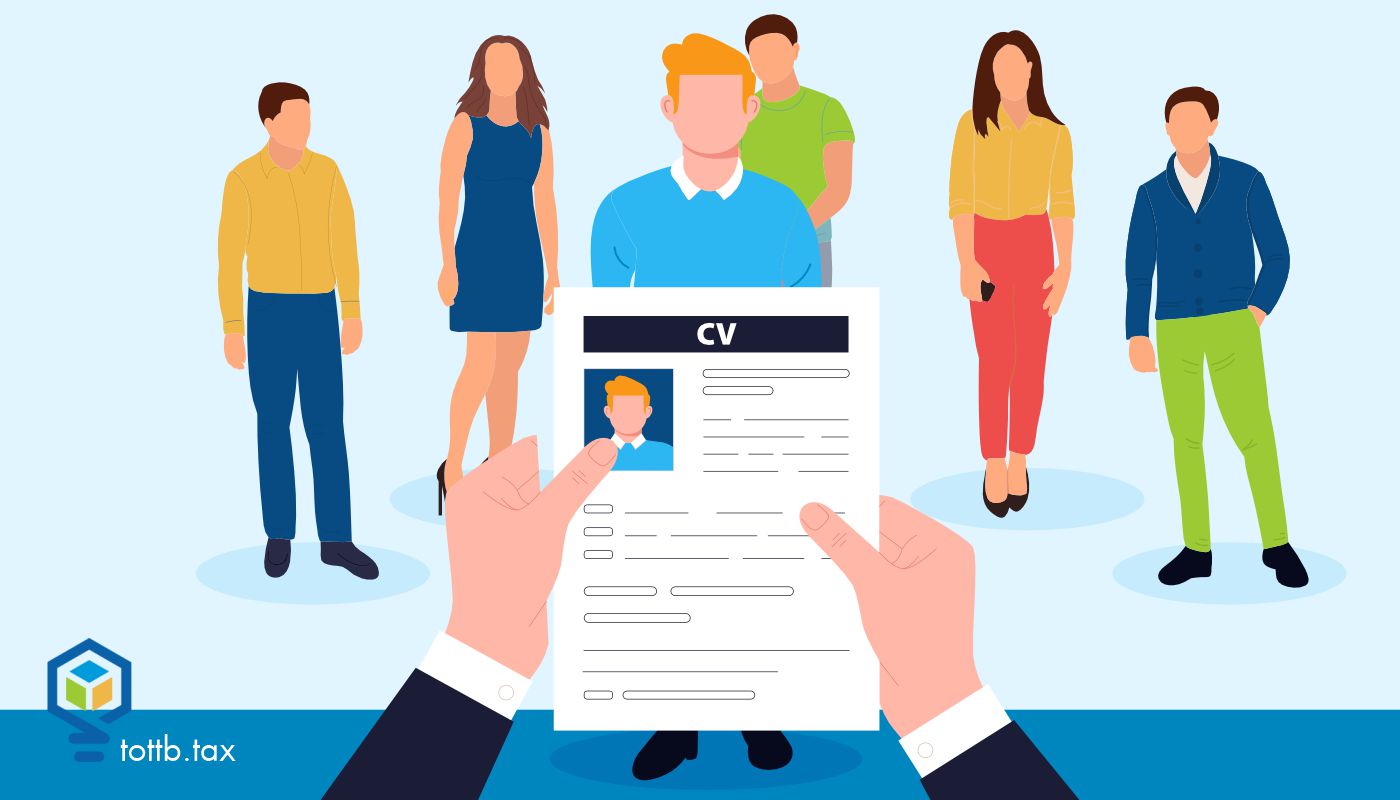After my second busy season as a solo practitioner, I made a terrible mistake within my firm. I hired my first employee. As a matter of fact, I hired someone who also had tax and accounting experience. You may be thinking, “What? Hiring is the solution if you were feeling overwhelmed.” That is true, if you are assuming that I had the proper systems in place. The mistake I made was hiring an employee before I was ready. The money was there and ready. The work was there and ready. It only took a few weeks to realize that I didn’t have a capacity issue. I had a systems and processes issue. I am not suggesting that you should work yourself to full capacity, absolutely not. I am suggesting that before you attempt to pass along a task to someone else or put in place automation that you have a written-out process.

Year-End Tax Planning Under the One Big Beautiful Bill Act (OBBBA)
The One Big Beautiful Bill Act (OBBBA), signed into law on July 4, 2025, doesn’t reinvent the tax code it refines it. Much like its predecessor, the Tax Cuts and Jobs Act (TCJA), it keeps many familiar provisions in play: lower rates, expanded SALT flexibility, and broader deductions. But here’s the real story: While most tax pros are busy memorizing what stayed the same, the planners who will win 2025 are the ones spotting what just became possible. OBBBA quietly opens a handful of powerful new planning windows — each one capable of delivering real, measurable savings for the right client. The key is knowing which changes are worth your time… and which are just political garnish. Below, we’ve curated the most strategic, high-impact moves to make before year-end 2025, the ones that separate the advisors who explain the law from those who leverage it. Most tax pros will stop at what changed. The smart ones will keep reading to learn how to use it.






